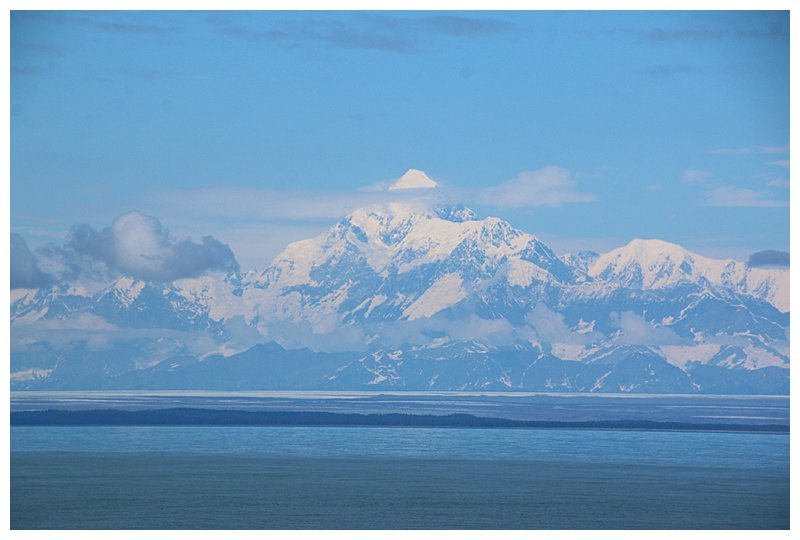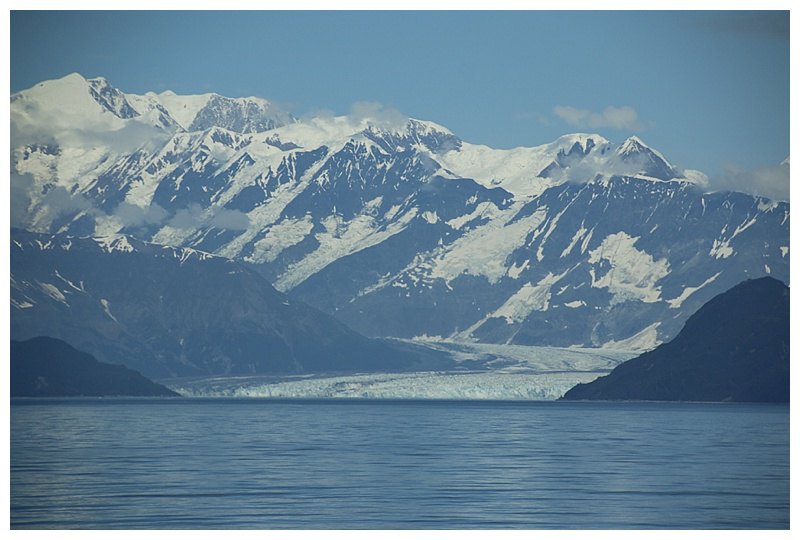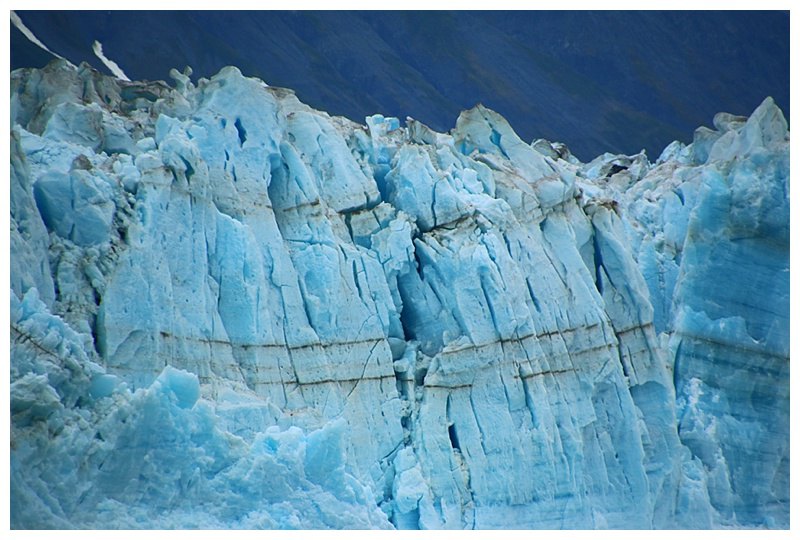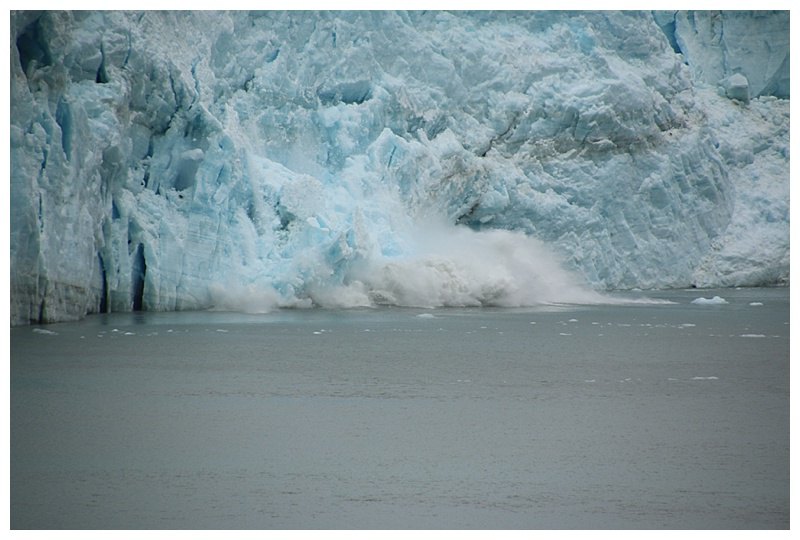I am writing as I sit at my desk while docked in Sitka. Yes, ‘docked’ being the optimum word; from the beginning of the season, HAL vessels have been using a floating dock, situated a short bus ride from the town. The vagaries and stress of tendering are no more and I, amongst others, am more than pleased.
This post will truly be a medley of ‘this and that’, being on a 7-day itinerary, on a regular run makes for repetition and that would be boring for both you and I. So, I start with the video below, unfortunately not taken by me but a friend of our 3rd officer, she partook of the Juneau wildlife cruise; this leaves Auk Bay, just to the north of Juneau and cruises the Favorite (sic) Channel and the Lynn Canal in search of, in the main, humpback whales. I always try to do this tour at least once a season, I thoroughly enjoy it. The Olympics are in full swing, however I don’t believe there is a sport of ‘synchronised whale swimming’ this year; were there one this would get 10 out of 10 from the judges 🙂
Being August, the west coast of Canada and Alaskan waters tend to have a prevalence for fog. The week thus far has been no exception and I have been spending an inordinate amount of time on the Bridge because of it. In such conditions we take additional precautions; additional manning on the Bridge being one of them, so my 2nd-in-command, Thomas and I have been doing turn-about up there. All the way past the west coast of Vancouver Island, a brief interval of a break off the Dixon entrance and then wallop, back into again as we entered Alaskan waters. Up the Chatham Strait it was as thick as my mum’s gravy and embarking our South-East Alaska pilot, well, he had a hard time finding us, looming out of the fog and visible to us when the boat was 50 metres off.
Another challenge in fog is that radar does not pick up air-breathing ‘fish’, 😆 i.e. whales and consequently one has to be very careful in these waters. Although we required a speed of 18 knots for Juneau, we reduced to 12 knots, sometimes 10, as we knew that somewhere out there were these beautiful creatures and the last thing I wanted was to harm any of them. They tend to feed in the same area and work in large pods, so we had an idea of where they would be. Fortunately the wind increased slightly, sufficiently to blow the pesky fog away and we were able to proceed towards Juneau at a more suitable speed, arriving in time for our scheduled tours (and synchronised whale swimming).
For the first time this season, (for me anyway), we were bound for Hubbard Glacier, this lies 28 miles north of Ocean Cape, the entrance to Yakutat Bay and is actually situated in Disenchantment Bay; so named by a Spanish explorer, (Malaspina I believe), looking for the north-west passage, obviously not finding it and thus becoming disenchanted 😕 .
I love going here, when the weather is good and one approaches the bay, the ‘roof of North America’ is the vista before you; towering peaks, Mount St. Elias at 18,000 feet being the tallest, however many of them are 8-10,000 feet, all with snow-capped peaks. Although we had been in low cloud and drizzle on our voyage north, nature worked her magic and the sun broke through. One often finds this anomaly, the area seems to have its own ‘mini-climate’, caused in part by the abundance of snow and ice, I presume.
Weaving our way through the ice in Disenchantment Bay, we made for the face of Hubbard, the intention being to stop and drift off the face, no PA announcements and in air so still, one can hear the ‘white thunder’, the cracking of ice as it pushes forward to the sea. Where we stop the face is 3 miles wide and over 300 feet in height; of course one hopes to see a ‘calving’, the massive chunks of ice falling to sea with a tremendous roar, erupting water and the resulting massive waves. We were fortunate and had 5 or 6 during the hour we stayed.
One (should) be able to click on any photo and it will open in larger, hi-res version.
We leave Sitka in a few hours, the rain has eased and guests are ashore, enjoying this quaint town with its Russian ancestry. On then to Ketchikan and then Seattle………









